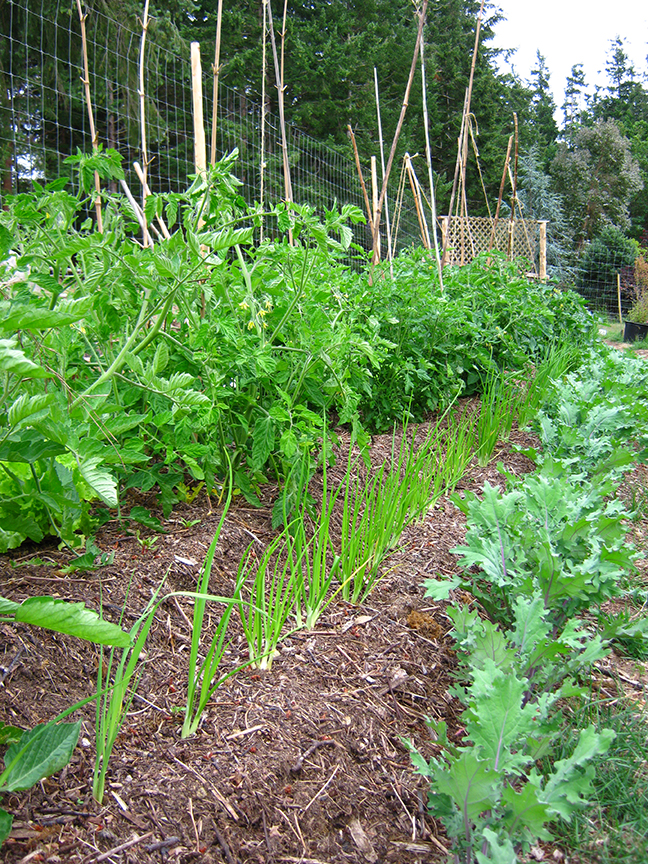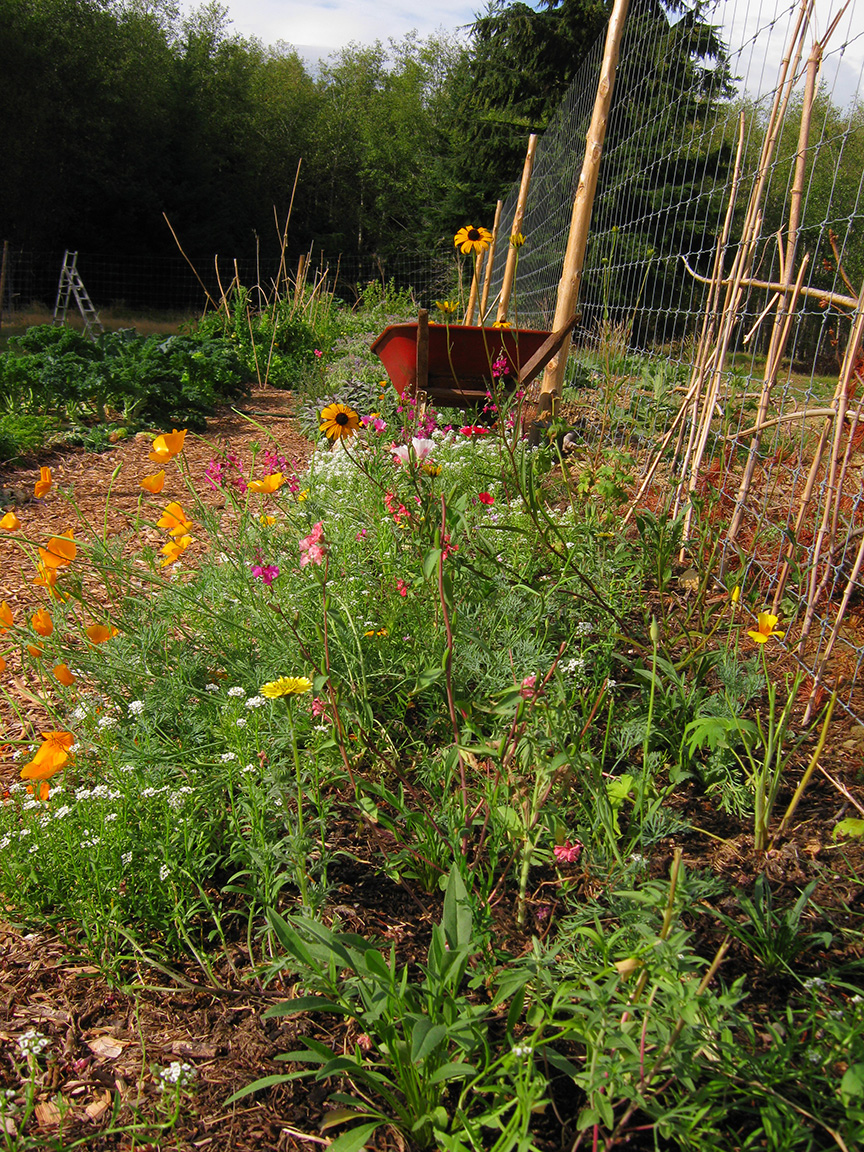
I first began learning about permaculture – and decided that what I really wanted in life was a permaculture vegetable garden – when my partner (at the time) and I bought 27 acres on a small island off the west coast of Canada. It was a beautiful property, and I was eager to get my first garden started.
We scoped out the best place to build it, and I dug into the earth to see what kind of soil I would be dealing with. Turns out there wasn’t much more than a thin layer on top. It was all sand underneath. Digging down deeper only brought more sand, and rocks. I was a little downhearted.
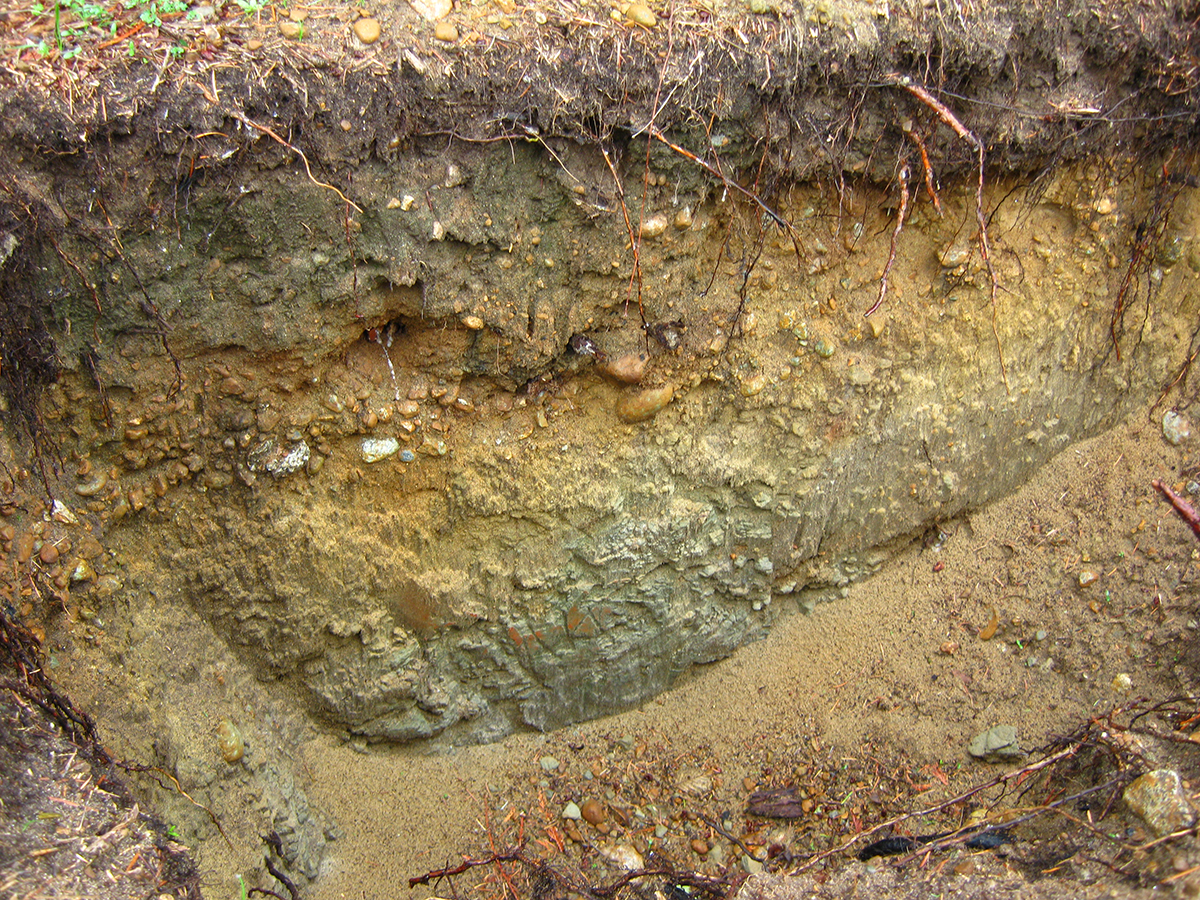
Not to be deterred, I jumped on the internet and looked for ways to grow a garden in sandy soil – ways to create soil where there wasn’t any – and that’s how I discovered permaculture.
I’m generally more into reading than watching videos – it’s rare that I find a presenter that doesn’t annoy the hell outta me – but I did find a few that I really liked.
In Grave Danger of Falling Food with Bill Mollison was the first one I watched. I still love that video. And then I discovered Geoff Lawton, and I was hooked.
It all made so much sense. Simple and effective solutions to the many problems the inhabitants of our planet face. Like so many others, I couldn’t understand why everyone wasn’t doing this. But that’s another story for another day.
My First Permaculture Vegetable Garden
My first permaculture vegetable garden was 5 feet by 80 feet. It was supposed to be rapidly followed by 3 more beds of that size, but alas, life. . . I only got to garden in it for one year. But what a year!
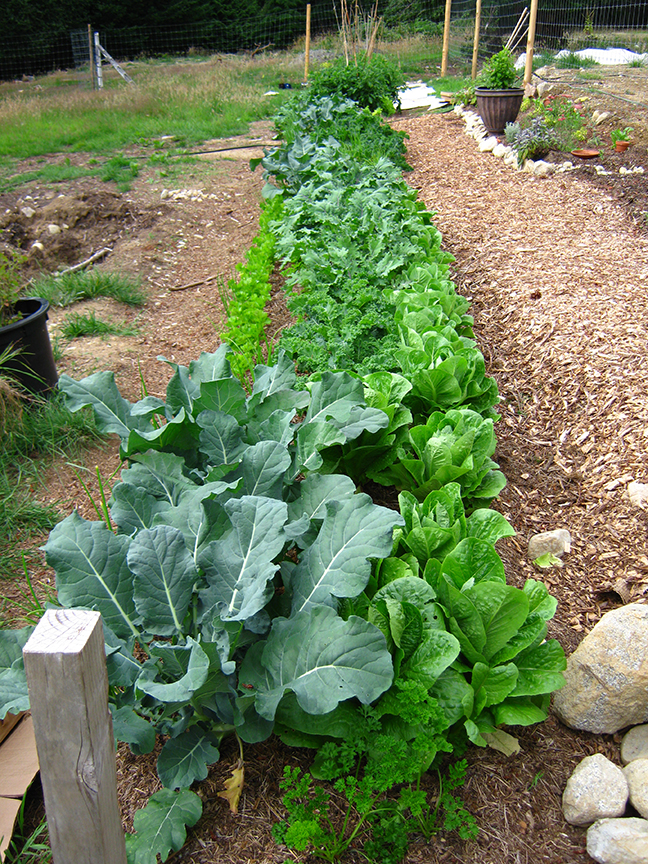
As the soil on the property was very sandy, I did my permaculture research, and some pondering, and discovered a way to build a garden and build soil at the same time.
Hugelkultur was the answer. Hugelkultur is the technique of piling soil on top of logs, to build large raised beds. But you can also dig trenches and bury the logs. And that’s what I opted for.
We dug a long, deep (5 feet deep!) trench, and filled it with many old – and some new – logs and branches from all the cleaning up of the woefully neglected property we had just purchased.
The next resource we had was a year-old pile of wood chips from all the Scotch Broom cleared from the property the year before. I called it our Old Growth Broom Forest. It was dense and it was tall. And some of the stalks were massive.
We chipped that jungle up and put it in a big pile. There were also some alder chips mixed in. That, combined with our sandy soil, and grass and weeds from the property, became the growing medium for the garden.
I was nervous. This was a whole new system for me – and my first permaculture vegetable garden – and I kept my expectations low. I didn’t think the first year would be all that great. But I knew the chips would eventually break down, and the next year would be better. Boy, was I wrong.
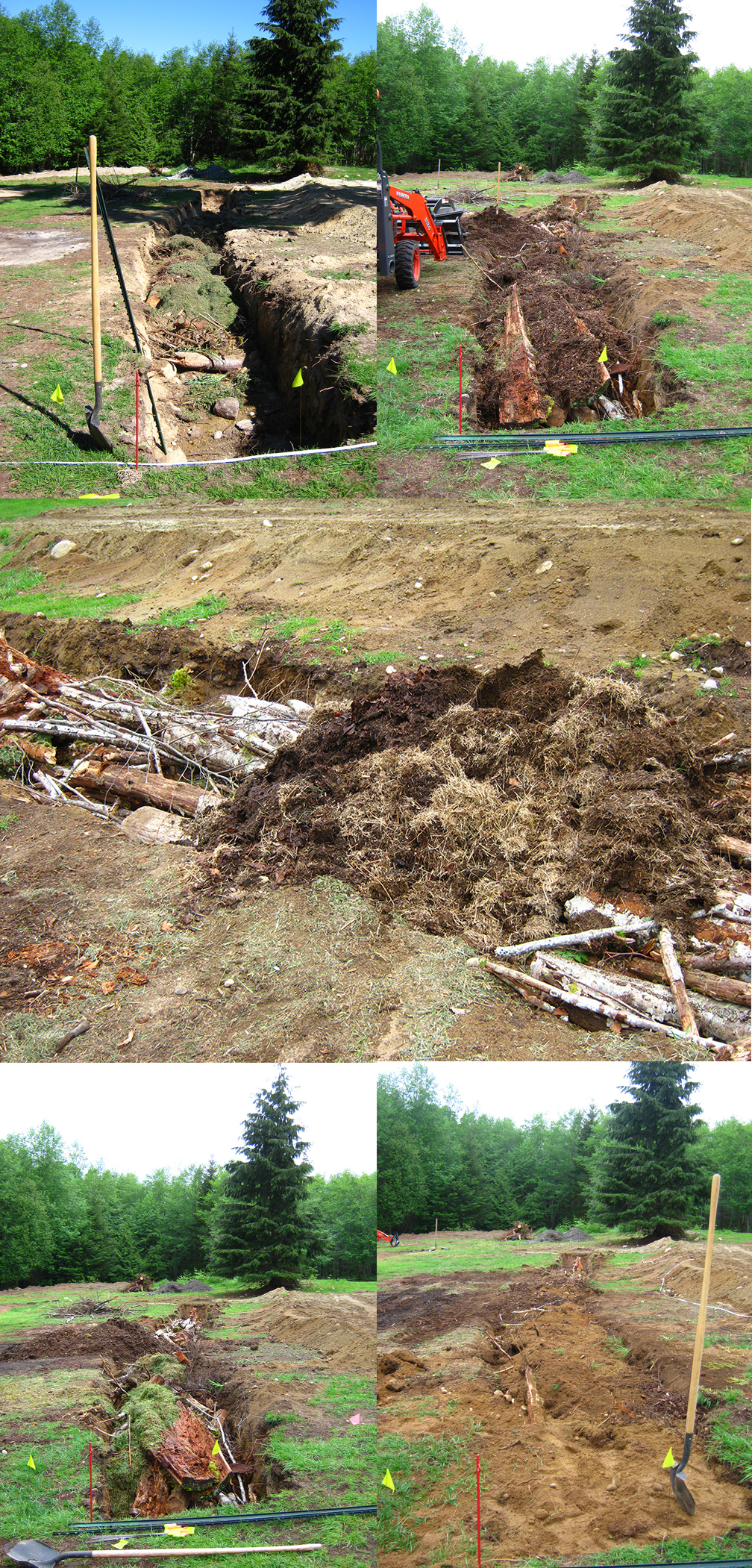
The Garden was Spectacular!
I’m not sure what I did right, but that first year permaculture garden was beyond my expectations. (Don’t you love it when that happens?)
I really didn’t do anything special. I used no synthetic fertilizers, and no other artificial means of growing. Just water, sunshine, and enthusiasm.
That garden grew fantastic kale, amazing broccoli, tons of tomatoes, lettuce, parsley, celery, onions, and a few other things I’m probably forgetting. It was lush and overgrown – my favorite kind of garden.

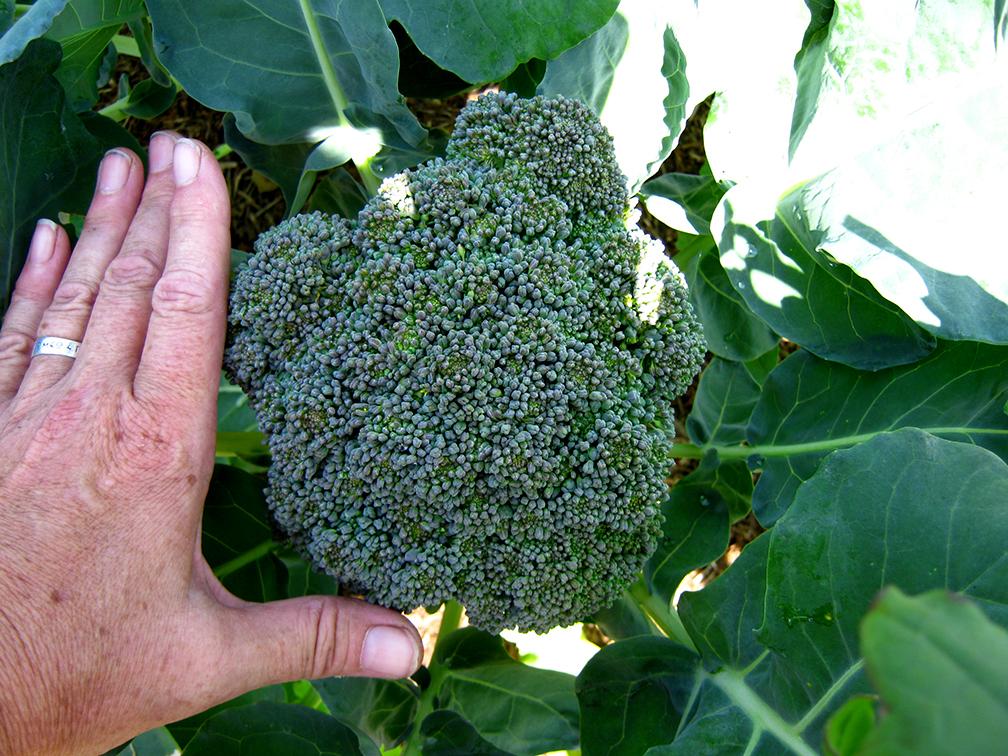
As I got to know people on the island, I became aware that there were many adherents to the permaculture way of gardening, and living. In fact, there was a land trust farm there, where the first Permaculture Design Course in BC was held over 30 years ago. I was thrilled.
And I was even more thrilled to find that they were holding a permaculture design course there that fall. Sign me up! Things just started to come together, and my permaculture experience grew.
That garden, and my ensuing immersion into all things permaculture, really kickstarted my interest in natural living and walking softly on the planet. I wanted to change the way I approached life, and simplify everything.
Sadly, my partner was not of the same frame of mind and drama ensued. Leaving that piece of property was heartbreaking, but we gotta do what we gotta do.
But I will always remember that garden, and how it introduced me to the concepts of permaculture, and a new way of looking at and living on the earth.
How I Built My First Permaculture Vegetable Garden
As for the technical parts of that garden build – well, it’s pretty simple, really. We filled the trenches with logs and branches, layered on grass clippings from mowing, and the wood chips, along with the sandy soil from the trenches.
I grew my transplants in soil blocks (more about that in future posts), transplanted them into the bed, and watched them grow. That’s it. The only really ‘soily’ soil that went into that garden was the soil mix that the plants were started in.
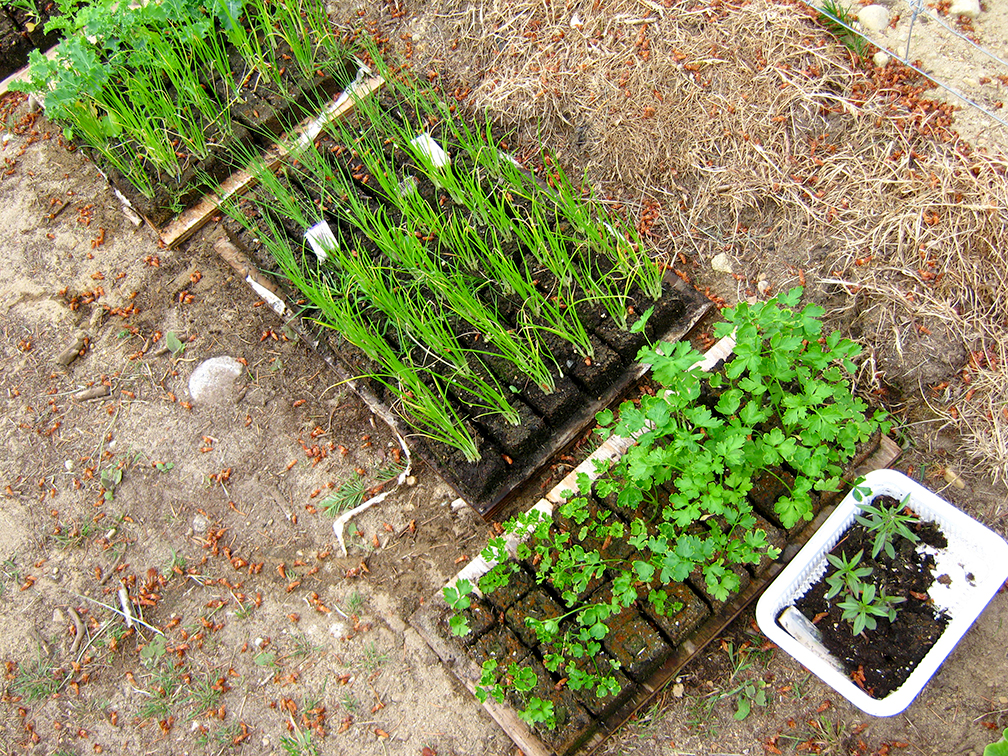
Of course, this isn’t the only way to build a permaculture vegetable garden. But it’s the way that worked for me, in the situation I was in, with the resources I had. I’ll write more about other types of gardens in future posts, so that you can find one that will work for you.
A permaculture vegetable garden is a joyful place to be – in my humble opinion – and will produce more than just healthy vegetables for you and yours.
Stay tuned for more articles about gardening, what to do with your produce, and other aspects of permaculture that you might find interesting.
If you have any questions or comments, I would be super happy to hear from you.
Health, Hope & Happiness
Tracy
